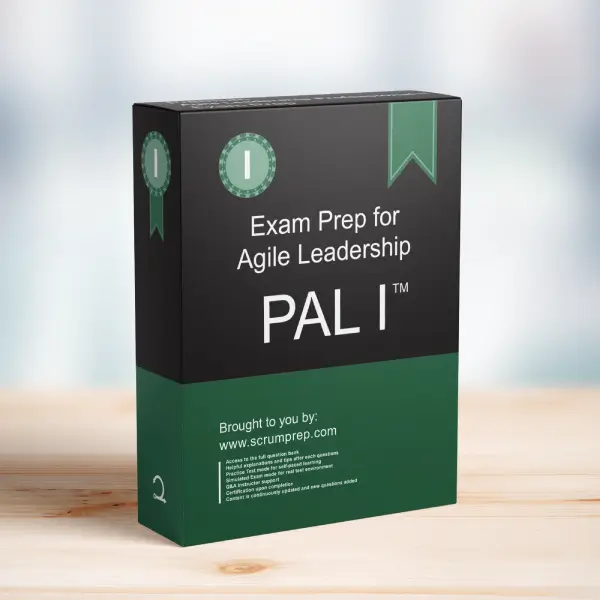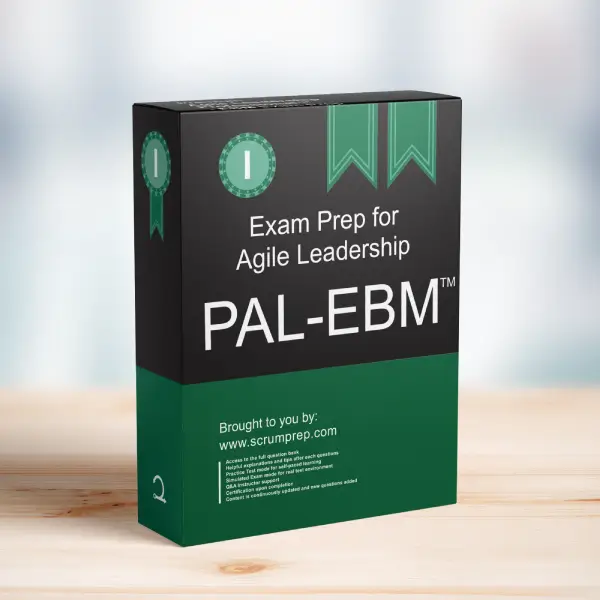Understanding Re-work in Agile
Re-work is a common aspect of Agile development, especially when it results from feedback given by customers or stakeholders. This article explores whether such re-work is expected and beneficial in Agile practices.
Exam Question
True or False: Re-work, when it results from feedback given by customers or stakeholders, is both expected and beneficial when adopting an Agile approach.
A. True
B. False
Correct Answer
A. True
Explanation
Correct Answer
A. True:
In Agile practices, re-work resulting from customer or stakeholder feedback is both expected and beneficial. Agile frameworks emphasize iterative development and continuous feedback to ensure the product meets the actual needs and expectations of its users. Re-work in this context is seen as a valuable part of the process, allowing teams to refine and improve the product based on real-world input and changing requirements. This approach helps in delivering a product that provides maximum value to customers.
Why Re-work is Beneficial
Alignment with Customer Needs: Feedback from customers and stakeholders helps in aligning the product with their actual needs, leading to a more valuable and useful product.
Continuous Improvement: Agile encourages continuous improvement through iterative cycles. Re-work driven by feedback is a part of this iterative process, enhancing the product incrementally.
Flexibility: Agile frameworks are designed to be flexible, accommodating changes based on feedback. This flexibility is crucial for adapting to evolving customer expectations and market conditions.
Agile Leadership Insights
- Embrace Feedback: Encourage regular feedback from customers and stakeholders to guide the development process.
- Iterative Refinement: Use feedback to iteratively refine and improve the product, ensuring it delivers maximum value.
- Flexibility and Adaptation: Maintain flexibility to adapt to new information and changing requirements, viewing re-work as an integral part of the Agile process.
Relevance to the PAL I Exam
Understanding the role of re-work in Agile practices is essential for the PAL I exam. This knowledge demonstrates an ability to lead Agile teams effectively by embracing feedback and iterative improvement.
Key Takeaways
- Re-work driven by customer and stakeholder feedback is expected and beneficial in Agile.
- Feedback helps align the product with customer needs and drives continuous improvement.
- Flexibility and adaptation are core principles of Agile, making re-work a valuable aspect of the process.
Conclusion
Re-work, when it results from feedback given by customers or stakeholders, is both expected and beneficial in Agile practices. It ensures that the product evolves to meet actual needs and provides maximum value. For more information on preparing for the PAL I exam, visit our Professional Agile Leadership PAL I™ Exam Prep.





